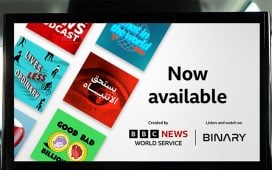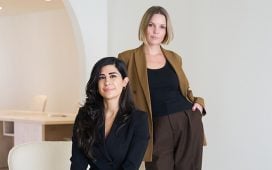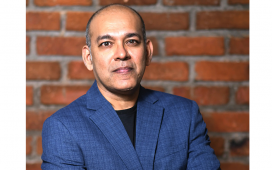Changes are afoot in Saudi Arabia. This is not, of course, a surprise to anyone who has been in the region for a while. When King Salman ascended to the throne in 2015, and Crown Prince Mohammed Bin Salman (affectionately known as MBS) was appointed later, in 2017, a series of decrees and announcements quickly followed, bringing change within the kingdom that would start to transform the entire landscape with historic and monumental developments.
The modernisation within the country is evident. As a resident of the UAE, I’ve been a regular visitor to Riyadh and Jeddah since 2012. Whilst pockets of conservative Saudi still exist, the excitement and anticipation from the people on the str
To continue reading this article you need to be registered with Campaign. Registration is free and only takes a minute. Register Now or sign in below if you already have an account.









